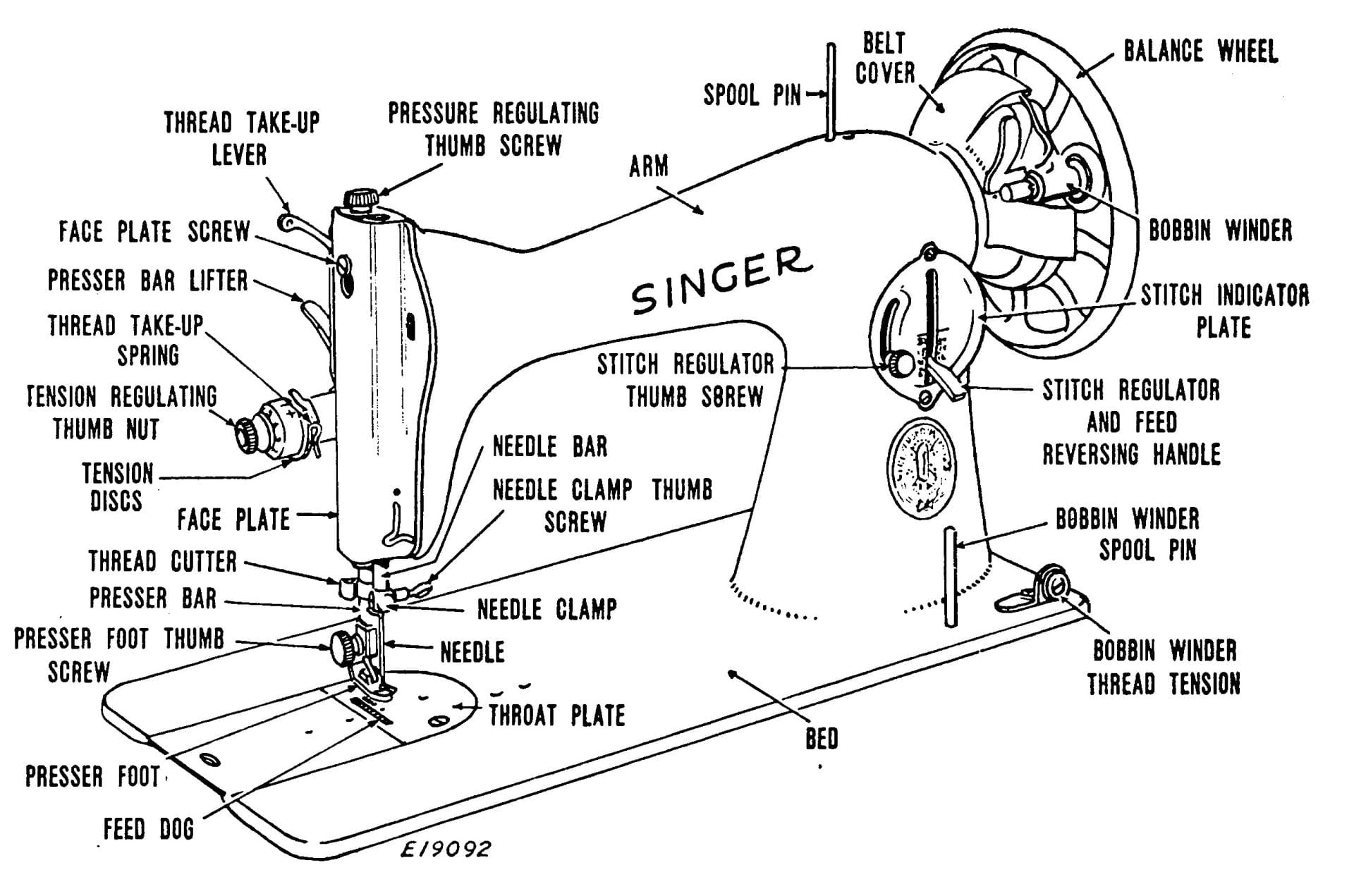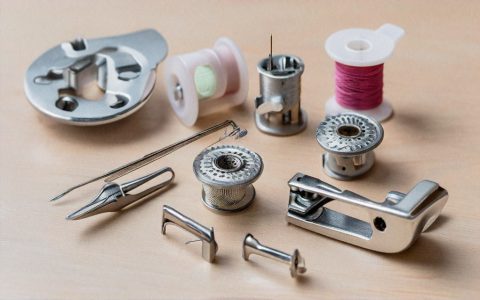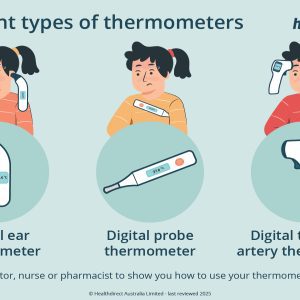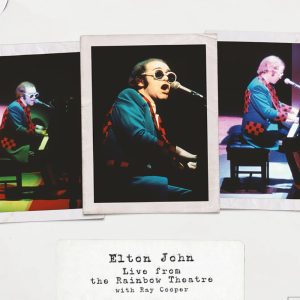Essential Tips for Identifying Antique Singer Sewing Machine Parts
Authenticating antique Singer sewing machine parts requires attention to specific details distinguishing originals from reproductions or generic replacements.
Key Visual Indicators
- Embossed Logos & Markings: Genuine parts feature crisp, embossed "Singer" logos, model numbers (e.g., 15, 66, 127/128), or patent dates. Check for depth and sharpness – reproductions often lack this precision or have uneven stamping.
- Decals & Paint: Original finish and decals possess a specific sheen and color palette consistent with Singer's era-specific designs. Wear patterns should look naturally aged.
- Material & Craftsmanship: Singer used high-grade cast iron (heavier, finer grain), forged steel (tight machine tolerances), and brass for older parts. Examine casting marks, machining grooves, and file marks – older parts show hand-finishing; reproductions have modern machining marks.
Physical Fit & Function
Precise Engineering: Authentic Singer parts exhibit exceptional fit and minimal play when assembled. They interact seamlessly with adjacent components. Reproductions or non-Singer parts often require filing or feel loose/wobbly.
Part-Specific Identification Features
- Bobbin Cases & Shuttles: Authentic versions have distinct shapes, patented spring designs (e.g., "Vibrating Shuttle"), and precise Singer markings matching machine models. Check patent dates.
- Presser Feet: Originals often have a tiny Singer logo or patent number stamped into the metal shaft or foot surface. Design differs drastically by machine model.
- Face Plates & Slide Plates: Exact size, hinge mechanism (if applicable), and embossed Singer lettering are telltale signs.
- Screw Threads: Compare thread pitch and form. Singer used older thread standards (like CE, NC, NE) versus modern metric/SAE; incorrect threads indicate replacements.
Verification Tools
- Serial Number Cross-Reference: Document the machine's serial number and factory letter code. Cross-reference with Singer manufacturing dates to verify era-consistent parts.
- Singer Parts Manuals: Consult original Singer technical diagrams. Dimensions, proportions, and specific design quirks in manuals help authenticate complex parts.
- Magnet Test: Test screws, presser feet, or small steel parts – older Singer used mild steel; many modern substitutes use cheaper pot metal which is non-magnetic.
Spotting Reproductions & Frauds
Exercise caution with excessive shine on cast iron (originals oxidize), overly perfect decals without aging, generic or missing markings, lightweight "steel" components, and parts requiring modification for fit.

Accurate identification hinges on combining visual inspection, material verification, precise fit assessment, and reference to Singer-specific design documentation from the relevant historical period.












